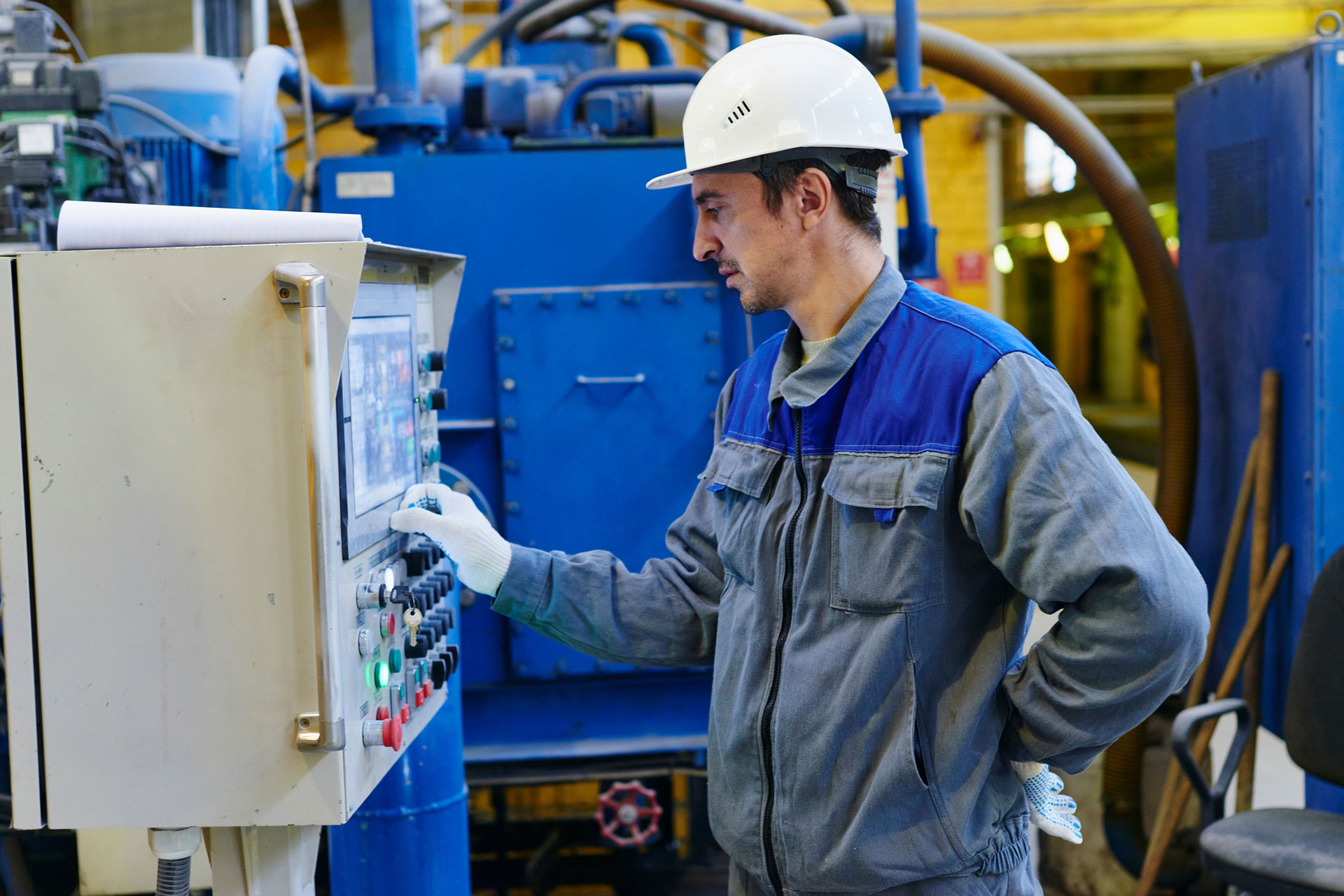Infrastructure Systems
Built Environment
What is the Built Environment?
The built environment touches all aspects of our lives, encompassing the buildings we live in, the distribution systems that provide us with water and electricity, and the roads, bridges, and transportation systems we use to get from place to place. It can generally be described as the man-made or modified structures that provide people with living, working, and recreational spaces. Creating all these spaces and systems requires enormous quantities of materials. Learn More
The Built Environment component is comprised of five elements, namely: Residential, Commercial/ Industrial, Rural, Stated-owned Public Buildings & Assets and Lifeline Utilities
Residential Housing
Assessment and repair of peoples’ homes, to expedite the return of people to normal life functioning is a critical priority.
Commercial / Industrial Property
Reinstatement and continuation of business is vital for the economic viability and sustainability of an affected area.
Rural Farmland
Rural physical infrastructure needs are different from urban needs and must be planned for accordingly.
Public Buildings & Assets
Critical public buildings and facilities need to be pre-identified as priorities. Elements of the Built Environment that have social value, such as landmark sites and significant community sites, may be symbolically and functionally important to recovery.
Lifeline Utilities
The recovery of these elements, along with their supporting structures and systems is underpinned by restoration of essential utility services and transport and communication links (including the management of right of ways, drainage networks, etc.).
A process for addressing the needs of the built environment during recovery should include:
- Impact assessment;
- Restoration proposals (i.e., decisions regarding repair, replace, abandon);
- Funding arrangements (insurance, capital investment);
- Design, regulatory approvals and consultation; and
- Physical construction, including logistics support for infrastructure recovery.


